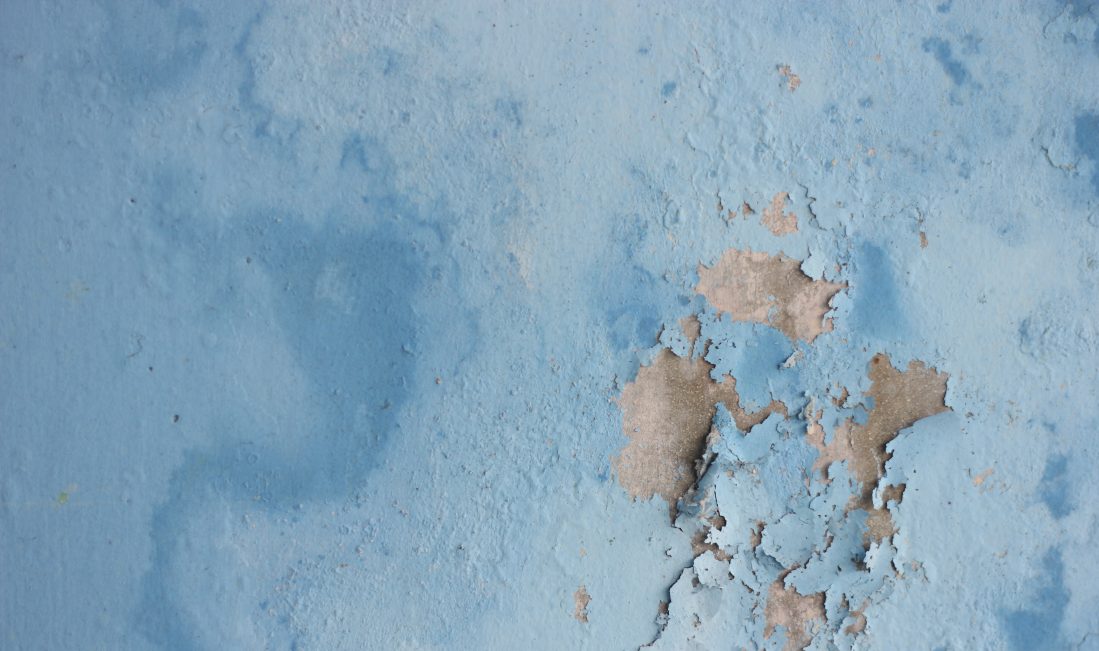User guide
Finding your way around the guide
To navigate between pages, click or tap the arrows to go forwards to the next page or backwards to the previous one. The arrows can be found either side of the page and at the bottom, too (circled in green, below).


Menu/table of contents
Click or tap on the three horizontal lines in the top-right of your screen to open the main menu/table of contents. This icon is always visible whether you're using a computer, tablet or smartphone. The menu will open on top of the page you’re on. Click on any section title to visit that section. Click the cross at any time to close the table of contents.
Text size
On a computer, you'll see three different sized letter 'A's in the top-right of your screen. On a smartphone or tablet these are visible when you open the menu (see above). If you’re having trouble reading the guide, click or tap on each of the different 'A's to change the size of the text to suit you.
Pictures
On some images you'll see a blue double-ended arrow icon. Clicking or tapping on this will expand the picture so you can see more detail. Click or tap on the blue cross to close the expanded image.
Where we think a group of images will be most useful to you, we've grouped them together in an image gallery. Simply use the blue left and right arrows to scroll through the carousel of pictures.
Links
If you see a word or phrase that's bold and dark blue, you can click or tap on it to find out more. The relevant website will open in a new tab.
Jargon
If you see a word or phrase underlined, click or tap on the word and small window will pop up with a short explanation. Close this pop-up by clicking or tapping the cross in the corner.
Help
On a computer, you'll see a question mark icon in the top-right of your screen. On a smartphone or tablet this is visible when you open the menu (see above).
Clicking or tapping on the question mark will open this user guide. It opens on top of the page you're on and you can close it any time by clicking or tapping the cross in the top-right corner.

Dealing with damp
Damp can become an expensive problem if it’s given time to set in. We explore budget options for nipping it in the bud.
The key to stopping damp from taking hold is to have good ventilation, but as you’re also trying to keep your home warm, things can get tricky. We look at methods of making the air in your house less humid, run through the symptoms of the different kinds of damp your property may suffer from and explain what you should do if you spot a problem.
There are three kinds of damp to be aware of: condensation, rising damp and penetrating damp.
Condensation
This is the most common type of damp. Fortunately, it's also the easiest and cheapest to manage. It forms when warm, humid air hits a cooler surface such as a wall or window. The tell-tale droplets should be wiped away quickly or you risk unsightly and smelly mould taking hold, followed by damage to paint, plaster or wood. Read more about how to stop condensation.
The main thing to do is improve ventilation, which is easily done with these methods:
- Windows Open them as often as is practical – even having them slightly ajar can make a real difference.
- Use an extractor fan This is a must in a bathroom with no window, but it's also worth considering if you have windows and don’t always want them open. Turn it on when you have a shower and leave it on for 10 minutes afterwards.
- Use a cooker hood If you can, have this vented via an outside wall. This makes it effective at extracting steam from cooking that will otherwise condense on cool surfaces.
- Buy a dehumidifier These draw moisture out of the air and can reduce humidity substantially. They are especially useful if you need to dry your clothes indoors. There are different sizes and ways that they work (see the below box, Refrigerant vs desiccant dehumidifiers) and they vary in their effectiveness. Check out which dehumidifiers have done best in Which? tests.
- Building air bricks into outside walls This job and others, such as installing vents through internal walls, adding window vents to the tops of window frames and installing an extractor fan, are jobs for the professional.
Refrigerant – these create a cold surface so that when warm, damp air comes into contact with it, condensation forms and drips into the water tank. They are best for use inside heated properties.
Desiccant – these extract water from the air in a similar way to a sponge and the moisture drips into the water condenser. The desiccant is regenerated by an internal heater. They are best for colder places, such as a garage or cellar, as they work better than refrigerant dehumidifiers below 15°C.
Rising damp
This is caused by ground water moving up through a wall or floor. It's natural for walls and floors to allow a little water in, but it’s usually stopped from causing damage by a barrier called a damp-proof course or damp-proof membrane.
Symptoms of rising damp
Alarm bells should ring if you spot any of the following, and you should investigate further if you do.
- Damaged skirting boards or plaster.
- Peeling paint and wallpaper, often with wet patches.
- A white, powder-like substance on the wall, left by soluble salts dissolved in the water.
- Tide marks rising up the wall.
- Floor coverings lifting up.
Read our guide to how to treat rising damp and whether it’s best to call in a professional. If that is your best option, our damp-proofing costs page will give you an idea of how much you need to spend.
Penetrating damp
Penetrating damp is caused by water leaking through walls. This type of damp may expand across your walls or ceiling, but you will be able to identify it because it will move horizontally, rather than by travelling up walls (as is the case with rising damp).
Penetrating damp is usually caused by structural problems in a building, such as faulty guttering or roofing, or cracks in the walls. These can allow water to get in during heavy rainfall and soak the walls. It can also be caused by internal leaks such as leaky pipes underneath the sink or bath.
You’re more likely to get penetrating damp if you live in an older building with solid walls, as newer cavity walls provide some protection.
Symptoms of penetrating damp
Damp patches on walls or ceilings, which may darken when it rains, are tell-tale signs of penetrating damp.
Visit our page on damp-proofing costs to find out about repairs.
Damp trap Also known as a moisture absorber, this is a cheap fix for sucking up water vapour. It usually consists of a plastic box containing absorbent materials, and should set you back no more than a tenner. Damp traps can work quite well for low-level condensation, but they won't do much if you have a serious damp problem.
Damp-proof interior paint Before replacing old bricks that might be letting in some damp, try painting with an exterior silicone water-repellent fluid or limewash. This will seal your walls again, while still allowing them to breathe.
Damp-proof exterior paint This can also be a good preventative measure, but seek professional advice first on what would work best for your home’s age and building materials.


